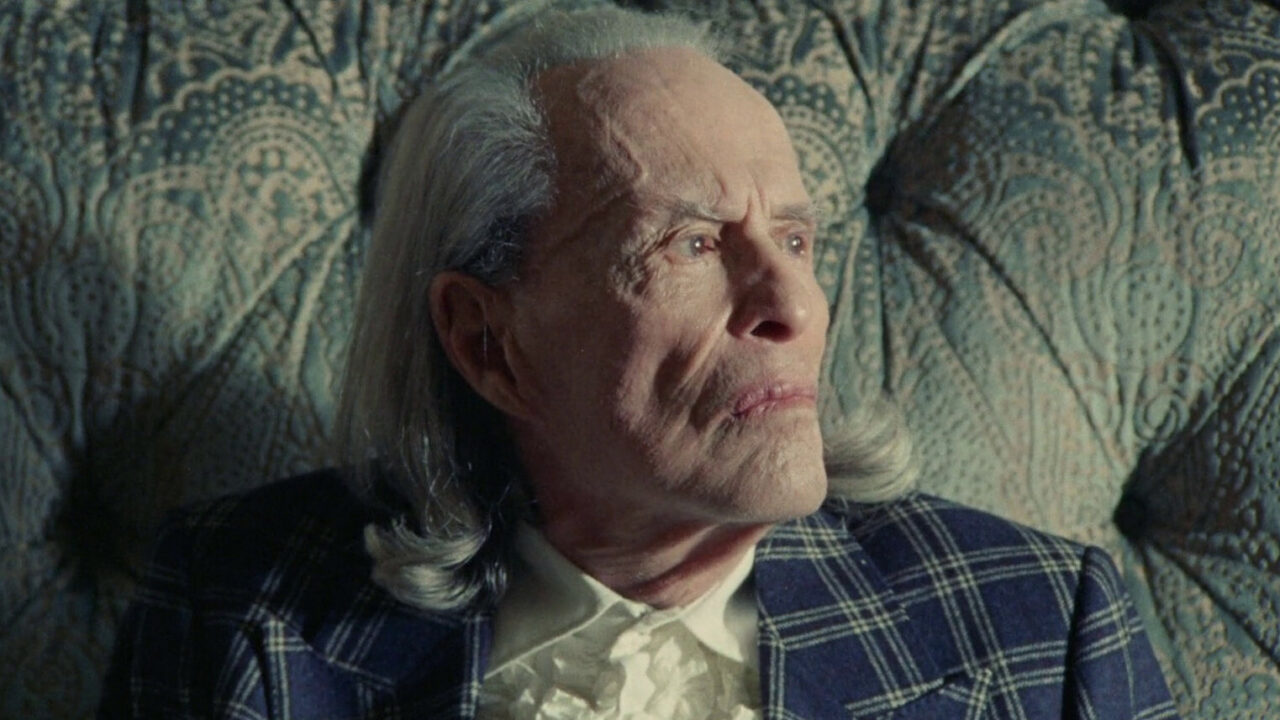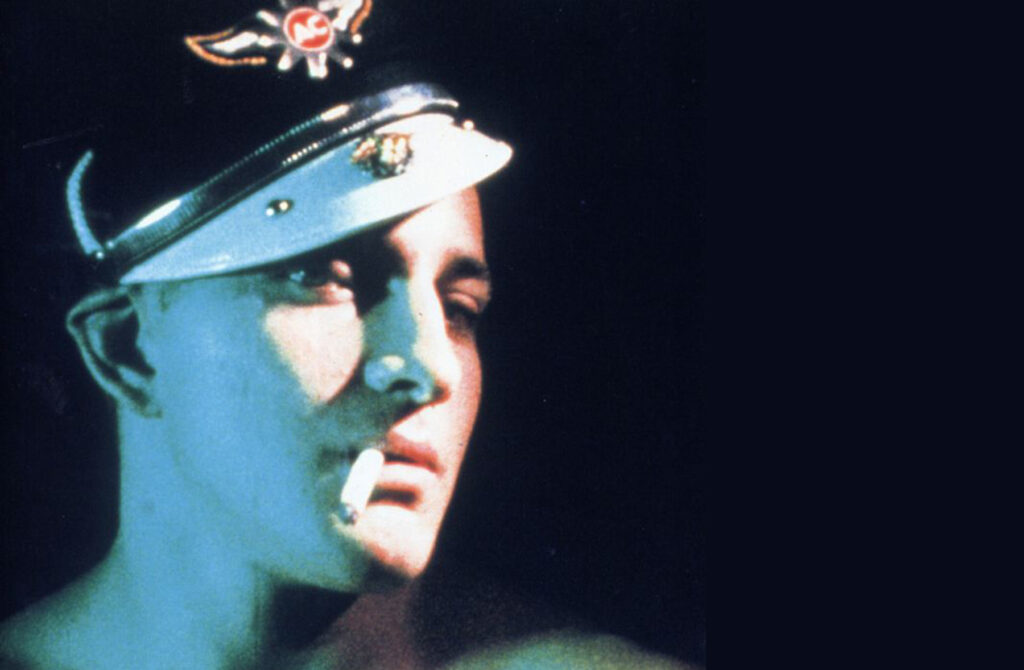Cinema for the Devil: Kenneth Anger, 1927-2023
Before John Waters and Bruce LaBruce, there was Kenneth Anger. Kenneth Anger at his home in Los Angeles. Credit: Floria Sigismondi via Wikipedia / CC BY 3.0
Kenneth Anger at his home in Los Angeles. Credit: Floria Sigismondi via Wikipedia / CC BY 3.0
Before John Waters and Bruce LaBruce, there was Kenneth Anger. The avant-garde filmmaker, Aleister Crowley disciple, pop music video pioneer and celebrity gossip peddler had so merged with his legend that most people were surprised to find out he was still alive when news of his death began circulating on Wednesday.
Born Kenneth Anglemyer in Santa Monica in 1927, Anger grew up in the literal shadow of Tinseltown, collecting industry gossip from his classmates at Beverly Hills High and making his first forays into film at a time when homosexual sex and its depiction broke the law. That store of gossip would eventually become “Hollywood Babylon,” his lurid corpse flower of movie business lore, while his youthful 16-millimeter footage would blossom into more than 40 film productions, including series like the nine-film “Magick Lantern Cycle.”
Anger sold the first print of his short film “Fireworks” to the sexologist Alfred Kinsey in 1947, beginning a collaboration that ended with Kinsey’s death in 1956. The black-and-white film, in which Anger played a man dreaming about being roughed up by a bunch of sailors, was brought up on obscenity charges and remains a landmark of gay cinema. Anger was arrested, but ultimately acquitted after the state Supreme Court judged the film a work of art, not pornography.
Anger’s vague hopes of working his way up the ladder at one of the big studios were dashed by the Red Scare and the postwar persecution of suspected Hollywood radicals. He took off for Paris, where he would spend a decade working for cinema archivist Henri Langlois at the Cinémathèque Française. The French appreciated Anger’s cinephilia and encyclopedic knowledge of American movies, and they badgered him for Hollywood gossip.

In 1953, Anger returned to the U.S. and made the Thelemite scene in Los Angeles, which inspired one of his best films, “Inauguration of the Pleasure Dome” (1953-4). He would re-edit and tinker with the film in 1966 and then again in the late 1970s, as he did with other works throughout his career. “Hollywood Babylon,” written for a quick payday in collaboration with Elliott Stein, turned out to be a bestseller and one of his most well-known contributions to cinema history. Published in France in 1959, the American version was finally translated in 1975, followed by the sequel, ”Hollywood Babylon II,” in 1984.
In place of traditional narrative techniques such as dialogue, Anger opted for suggestive pop songs, lush panning shots and visual superimpositions. In films like “Scorpio Rising” (1963) and “Kustom Kar Kommandos” (1965), he explored the subcultural mythology surrounding postwar masculinity and American-made machines. His camera’s focus on voluptuous chrome motorcycles, rippling muscles and fetishistic leather attire suggested both bewildering material prosperity and the radical sexual camaraderie of a Tom of Finland sketch.
Other American independent filmmakers experimented with juxtapositions of high and low culture, but none made a bigger impact on such modest budgets as Anger did. Using the Western occult tradition as his inspiration, he shot quickly and worried later about bringing the whole together in the editing room. This he did with a surgeon’s care. “Editing is, to me, the most important part of my filmmaking,” he told Carl Abrahamsson in 2019.
Before John Waters and Bruce LaBruce, there was Kenneth Anger.
When it came to the politics of his moving images, critics often gave Anger top billing. In a 1975 essay, Susan Sontag placed Anger’s “eroticization of fascism” in “Scorpio Rising” on par with Nazi filmmaker Leni Riefenstahl and Yukio Mishima’s “Confessions of a Mask” and “Storm of Steel.” Artists like Anger, she argued, made Pop art of the “sexual lure” of fascist iconography. But in conflating Riefenstahl and Mishima’s sincere glorification of fascism with Anger’s aesthetic appropriation of it, Sontag missed the camp and humor in Anger’s work.
Riefenstahl and Anger did have one thing in common: Mick Jagger. While the former spent time photographing The Rolling Stones frontman, Anger’s most influential act of cultural charity — besides strategically removing the “R” and “S” from the New York RANGERS jersey to spell out his name — may have been lending the singer’s girlfriend, Marianne Faithfull, a copy of Bulgakov’s “The Master and Margarita,” which appears to have served as the inspiration for the anthem “Sympathy for the Devil.” The song has been used ever since to invoke the end of an innocent, idealistic era, and the beginning of a darker and more chaotic one, in a single instantly recognizable riff.
Anger’s reputation tended to be more radical than he was, thanks to misunderstood Angerisms like the often-quoted line “I’ve always considered movies evil.” By evil, he meant dangerous, seductive, potent. It was a compliment and not a backhanded one. Lucifer was never a killjoy in leather for the late Kenneth Anger, but a bearer of light.
Your support matters…Independent journalism is under threat and overshadowed by heavily funded mainstream media.
You can help level the playing field. Become a member.
Your tax-deductible contribution keeps us digging beneath the headlines to give you thought-provoking, investigative reporting and analysis that unearths what's really happening- without compromise.
Give today to support our courageous, independent journalists.

You need to be a supporter to comment.
There are currently no responses to this article.
Be the first to respond.